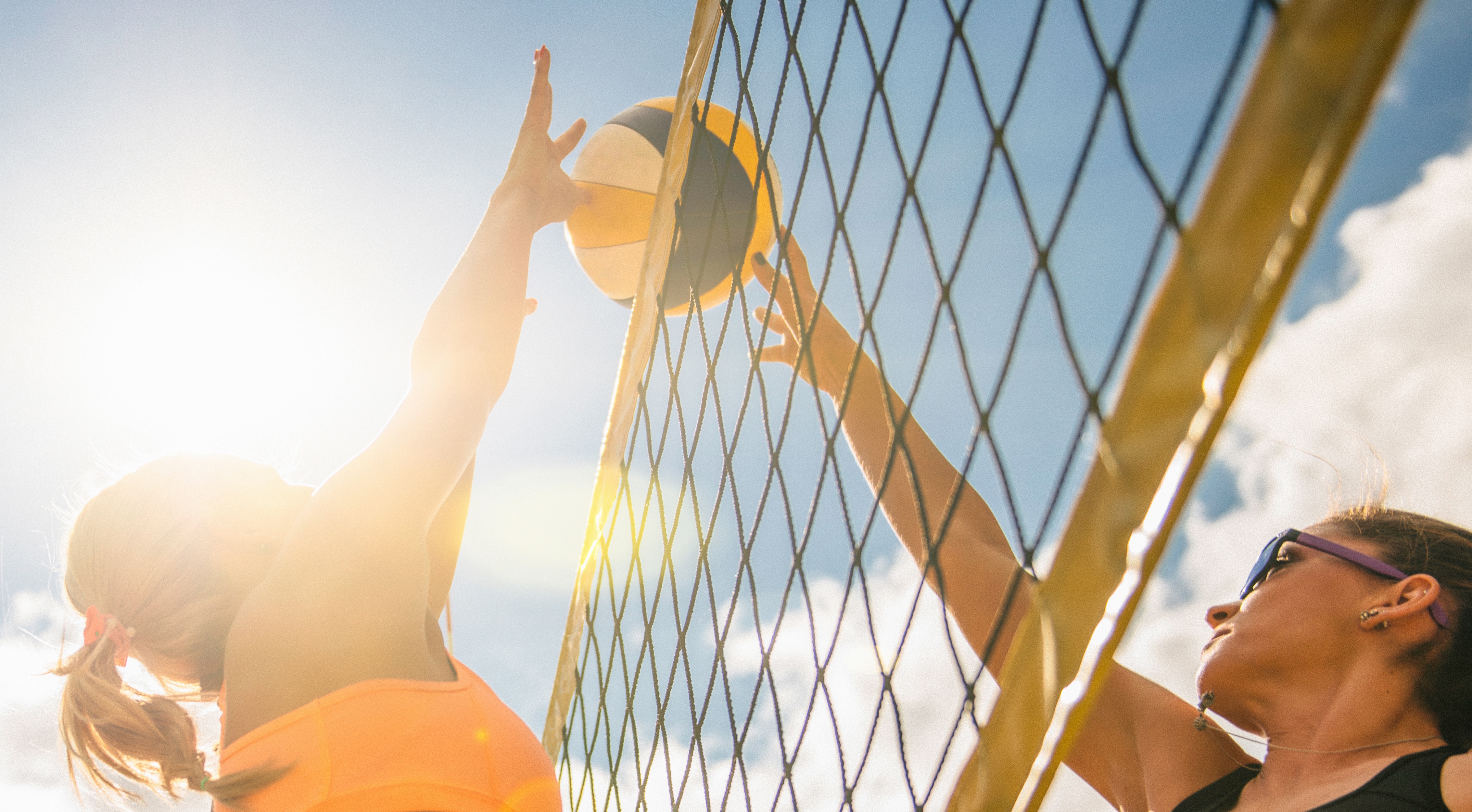Vitamin D: A Key Player in Bone Health, Sports Performance, & Recovery
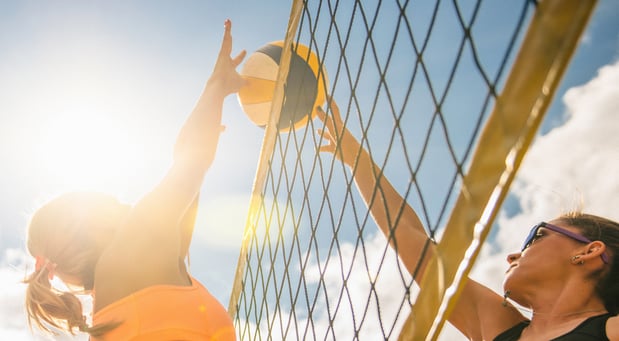
With the high amounts of snow and rain this winter, it’s been especially challenging to get outdoors, raising an important question: are you getting enough Vitamin D? Studies have found that 56% of athletes have inadequate Vitamin D levels.1 Vitamin D, commonly referred to as the “Sunshine Vitamin” is not only essential for normal body function, but new research on athletes demonstrates an important role in sports performance and injury prevention. This article will focus on how athletes acquire and metabolize Vitamin D, its effects on performance parameters, bone health and immunity, and the controversy of optimal levels and supplementation.
The Science
Vitamin D is a precursor to a variety of different metabolic and biological processes. Figure 1 summarizes how Vitamin D is processed in our body. Sunlight converts an inactive form of Vitamin D in our skin into a circulating form, Vitamin D3. This circulating Vitamin D3 (also called cholecalciferol) is the same form that we take in supplements and through food. In the diet, we also consume the inactive Vitamin D2, which is absorbed far less than Vitamin D3.2
Once converted to the D3 form, this Vitamin regulates gene expression, impacting a wide variety of health and performance-related variables, such as exercise-induced inflammation, tumor suppressor genes, neurological function, cardiovascular health, glucose metabolism, bone health and skeletal muscle performance.3,4,5,6 So how does Vitamin D directly affect athletic performance?
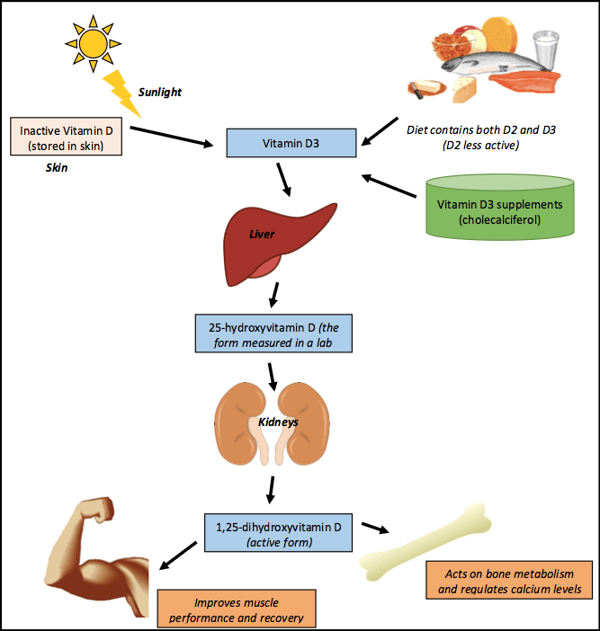 Figure 1: How Vitamin D is processed in the body
Figure 1: How Vitamin D is processed in the body
Vitamin D and the Athlete
Numerous studies have demonstrated the positive effects of Vitamin D on different aspects of performance, recovery, bone health, and immune function, summarized below.
Effects on Muscle, Sports Performance, and VO2 Max
We have special Vitamin D3 receptors in our skeletal muscle tissues, and studies have consistently shown improved strength in diseased populations after Vitamin D supplementation.7 The research in athletes is more limited. A review by Von Hurst identified only two studies which showed a beneficial effect on muscle strength after supplementation in deficient athletes.8 A positive correlation on performance parameters was identified in a study by Koundarakis et al, where higher serum (blood) Vitamin D levels were associated with improved jumping performance, VO2 max, and sprinting ability.9 Further, Vitamin D supplementation was shown to have a positive effect on VO2 max in a randomized controlled trial (RCT) on elite lightweight rowers.10 This research suggests that maintaining the proper levels of Vitamin D are vital for elite athletes to perform at their peak.
Effects on Muscle Recovery
An exciting finding in Vitamin D research is its ability to proliferate and differentiate muscle cells, leading to more rapid muscle regeneration after the damage seen in training. In a recent RCT by Barker et al on Vitamin D sufficient active adults, the recovery in peak isometric force shortly after an intense exercise protocol was enhanced with supplemental vitamin D, suggesting supplementation could enhance strength recovery after intense exercise.11
Effects on Bone Health
It’s widely accepted that Vitamin D is essential for bone health. What athletes may not realize is even with normal Vitamin D levels, they may still have suboptimal bone health. Preliminary results from a study on division middle and long distance runners who sustained stress fractures found those with higher levels of Vitamin D returned to sport more quickly, and almost all of these injured athletes already had levels within normal range according to the Institute of Medicine guidelines.12
Vitamin D and the Immune System
The athlete is frequently subjecting him or herself to prolonged bouts of strenuous exercise, which also stresses the immune system. A recent study on endurance sports athletes found an increased incidence of upper respiratory tract infection symptoms in athletes who were Vitamin D deficient compared to those with optimal concentrations.13 Maintaining adequate Vitamin D levels may protect against infection, especially during the winter months when sunlight exposure is low and infection risk is high.
The Controversy with Vitamin D “Deficiency” and “Insufficiency”
Optimal Vitamin D levels have been controversial with differing guidelines on what is truly “deficient” or “insufficient”. To make things more confusing, there are even two different measurement units: nmol/L and ng/ml. Further, sports medicine clinicians are seeing that when athletes are in the “normal” range, they still may be low for optimal sports performance. Clearly, further research is needed to better define these ranges for athletes.
Should You Supplement?
As previously discussed, we get our daily dose of Vitamin D through UVB sun exposure and diet, however in the winter months this is likely not enough. The recommended dosage of sunlight exposure during the summer is five to 20 min per day.14 Dietary sources include wild salmon, egg yolks, and fortified foods such as yogurt, milk, and cereals. More examples of foods high in Vitamin D are listed in Table 1.
The Institute of Medicine (IOM) recommends 400– 800 IU/day for children, adults and individuals >70 years of age to maintain proper Vitamin D levels.16 Alternatively, the Endocrine Society (ES) recommends a slightly higher intake, with dosages of 600 – 1000 IU/day for children and 1500-2000 IU/day for adults.17 It’s also recommended to maintain adequate levels of calcium and Vitamin K as they both work synergistically with Vitamin D in bone health.
Although no guidelines are in place for athlete supplementation, taking 1000 -1500 IU/day of Vitamin D3 (cholecalciferol) during the winter months is a safe supplementation dose. The research presented on recovery, force and power production used much higher doses, 4000-5000 IU/day.3 Supplementation with these doses should only be performed under the guidance of a medical practitioner, with baseline Vitamin D levels obtained beforehand.

Table 1: Plausible ergogenic effects of vitamin D on athletic performance and recovery. Journal of the International Society of Sports Nutrition 12 : 33-33. Dahlquist D T, Dieter B P, Koehle M S. 2015.
How much is too much?
It has become commonplace to supplement entire professional teams with a blanket approach to Vitamin D supplementation. Some are taking this a step further and using mega doses every week, without obtaining baseline lab levels. A safe daily upper limit of 4000 IU/day has been consistently agreed upon.16,17 The U.S. IOM also state a no adverse effect limit of 10,000 IU/day. Vitamin D toxicity occurs in the form of hypercalcemia (excessive amounts of calcium in the bloodstream) and can lead to severe kidney and heart complications. Again, supplementation with high doses of Vitamin D should only be done under the supervision of a medical practitioner.
Summary & Take Home Points
Athletes are regularly stressing their body and pushing the limits and optimal Vitamin D levels plays an important accessory role in performance, recovery, and injury prevention. Especially in the winter months, additional supplementation should be considered.
- Vitamin D can be obtained from sun exposure, the diet, and oral supplementation.
- Maintaining the proper levels of Vitamin D are vital for an elite athlete to perform at their peak, with positive results seen in sprint speed, VO2 max, and strength recovery after intense exercise.
- Even if Vitamin D levels are “normal” under standard guidelines, bone health may still be suboptimal, and athletes may have prolonged recovery time from a bony injury, such as a stress fracture.
- To ensure athletes are at optimal levels, supplementing with 1000-1500 IU daily of Vitamin D3 is recommended in the winter months. Higher supplement dosing should be discussed with a medical practitioner.
References
- Farrokhyar F, Tabasinejad R, Dao D, Peterson D, Ayeni O, Hadioonzadeh R, et al. Prevalence of vitamin D inadequacy in athletes: A systematic-review and meta-analysis. Sport Med. 2014;5:365–78.
- Dahlquist D T, Dieter B P, Koehle M S. 2015. Plausible ergogenic effects of vitamin D on athletic performance and recovery. Journal of the International Society of Sports Nutrition 12 : 33-33.
- Smith DT, Broughton KS, Larson-meyer DE. Vitamin D status and biomarkers of inflammation in runners. 2012;3:35–42.
- Alvarez-Díaz S, Valle N, García JM, Peña C, Freije JMP, Quesada V, et al. Cystatin D is a candidate tumor suppressor gene induced by vitamin D in human colon cancer cells. J Clin Invest. 2009;119:2343–58.
- Dhesi JK, Jackson SHD, Bearne LM, Moniz C, Hurley MV, Swift CG, et al. Vitamin D supplementation improves neuromuscular function in older people who fall. Age Ageing. 2004;33:589–95. doi: 10.1093/ageing/afh209.
- Reddy Vanga S, Good M, Howard PA, Vacek JL. Role of vitamin D in cardiovascular health. Am J Cardiol. 2010;106:798–805.
- Stockton KA, Mengersen K, Paratz JD, Kandiah D, Bennell KL. Effect of vitamin D supplementation on muscle strength: a systematic review and meta-analysis. Osteoporos Int. 2010;22:859–71.
- Von Hurst PR, Beck KL. Vitamin D and skeletal muscle function in athletes. Curr Opin Clin Nutr Metab Care. 2014;17:539–45.
- Jastrzębski Z. Effect of vitamin D supplementation on the level of physical fitness and blood parameters of rowers during the 8-week high intensity training. Facicula Educ Fiz şi Sport. 2014;2:57–67.
- Koundourakis NE, Androulakis NE, Malliaraki N, Margioris AN. Vitamin D and Exercise Performance in Professional Soccer Players. Heimesaat MM, ed. PLoS ONE. 2014;9(7):e101659.
- Barker T, Schneider ED, Dixon BM, Henriksen VT, Weaver LK. Supplemental vitamin D enhances the recovery in peak isometric force shortly after intense exercise. Nutr Metab (Lond) 2013;10:69.
- Kim B, Kraus EA, Fredericson M Tenforde A, Singh S, Kussman A, Barrack M, Deakins Roche M, Singh S, Fredericson M, Nattiv A. Serum Vitamin D Levels are Inversely Associated with Time Lost to Bone Stress Injury in a Cohort of NCAA Division I Distance Runners. Abstract and Podium presentation at American Medical Society of Sports Medicine Annual Conference; Dallas, TX.
- He C, Handzlik M, Fraser W D, Muhamad A, Preston H, Richardson A, Gleeson M. 2013. Influence of vitamin D status on respiratory infection incidence and immune function during 4 months of winter training in endurance sport athletes. Exercise immunology review 19 : 86-101.
- Wolpowitz D, Gilchrest BA. The vitamin D questions: how much do you need and how should you get it? J Am Acad Dermatol. 2006;54:301–17.
- The National Academies. Dietary Reference Intakes for Calcium and Vitamin D. Institute of Medicine, Vol. 1. Washington (DC): National Academic Press; 2011.
- European Food Safety Authority. Scientific opinion on the tolerable upper intake level of vitamin D. EFSA J. 2012;10(7):2813.
Disclaimer: This blog is for informational purposes only. Doctors cannot provide a diagnosis or individual treatment advice via e-mail or online. Please consult your physician about your specific health care concerns.
About the Author

Dr. Emily Kraus is a BridgeAthletic performance team contributor where she focuses on topics that are at the forefront of athletics and medicine. She is the incoming Stanford non-operative sports medicine fellow in Physical Medicine and Rehabilitation. Emily has provided medical coverage for events such as the USATF National Track and Field Championships and is the research coordinator for a multi-center study focused on prevention of stress fractures in division I collegiate runners. Emily has finished six marathons, recently ran (and won) her first 50km trail ultramarathon, and placed 56th female in the 2016 Boston Marathon. Emily is passionate about injury prevention, running biomechanics, and the promotion of health and wellness.
Related Posts

Supplement Safety with Tactical...
Dietary supplements seem like the "magic pill" a tactical operator needs to perform better,...
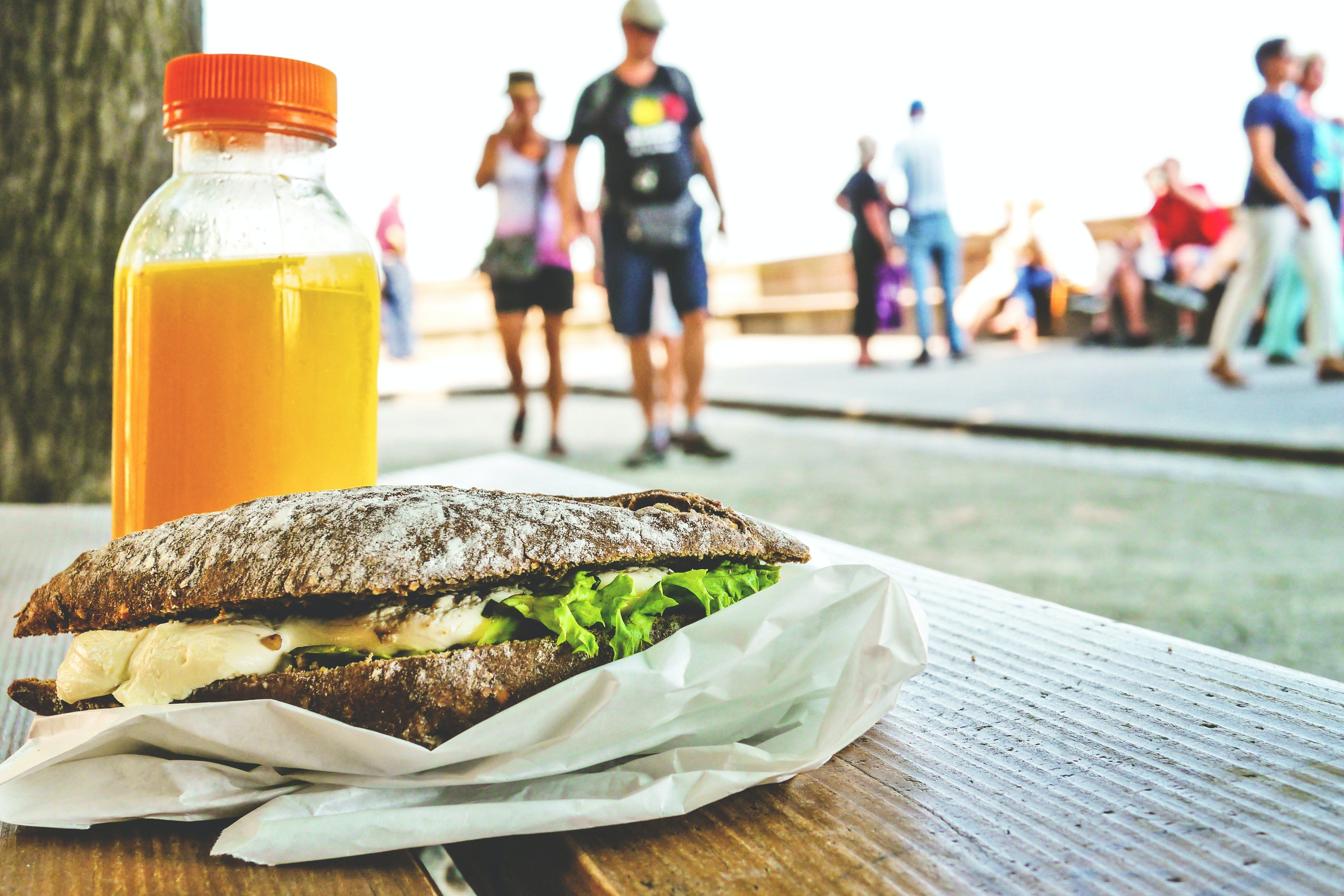
Eating Healthy on the Go: Tips for Busy...
It's no secret that tactical professionals have weird schedules. So why do health professionals...
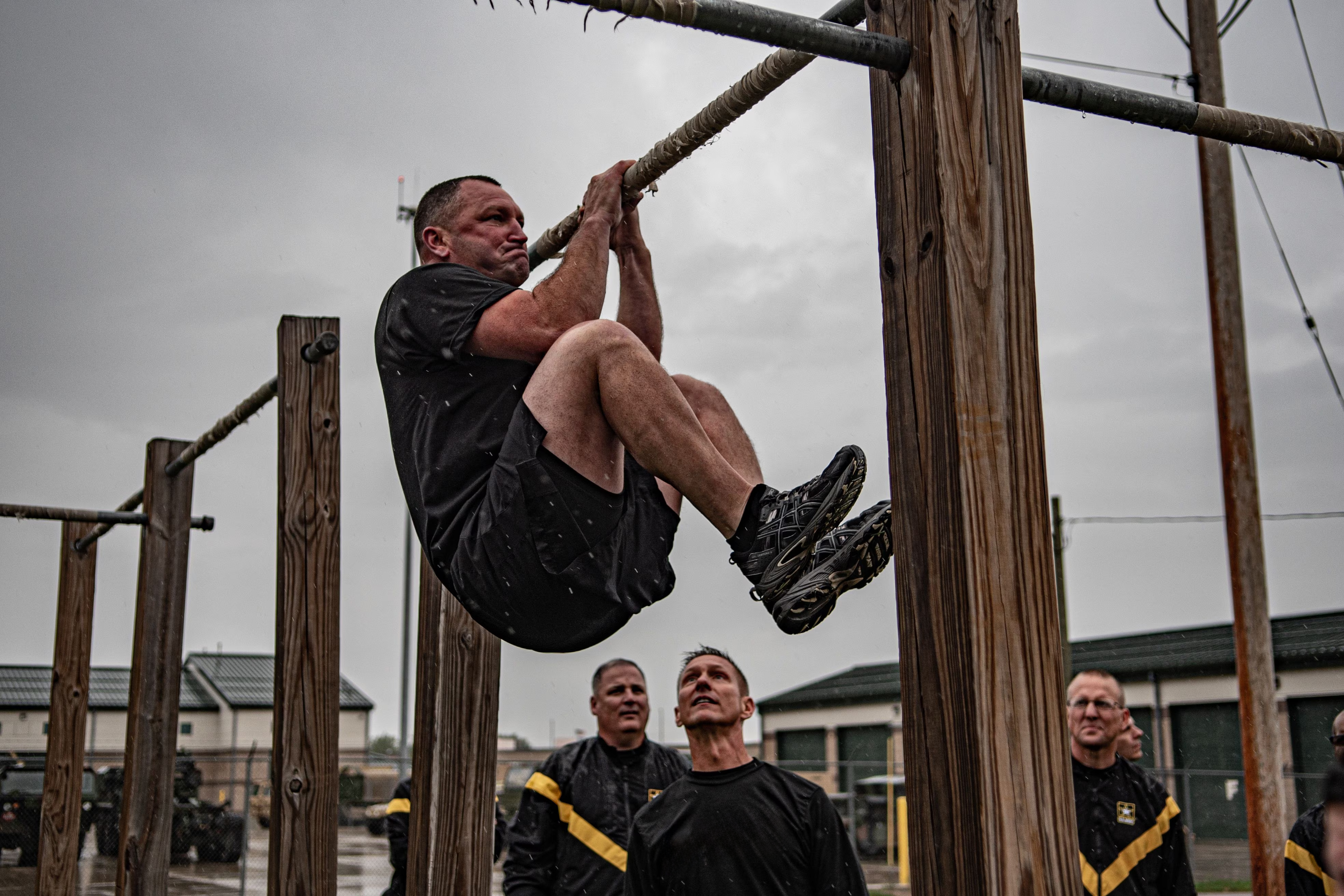
Post-Training Nutrition for Tactical...
Eating after a workout can be a challenge for tactical professionals. Having grab-and-go fuel...
.png?width=150&height=50&name=BRIDGEBLOG(1).png)
